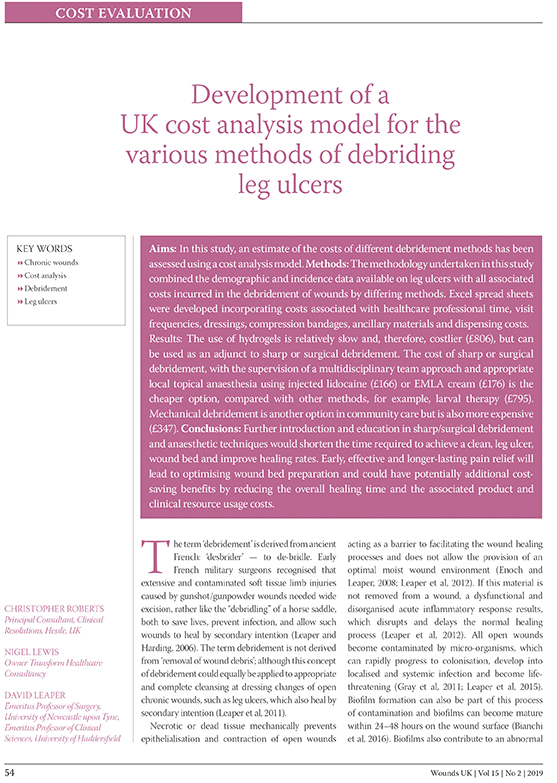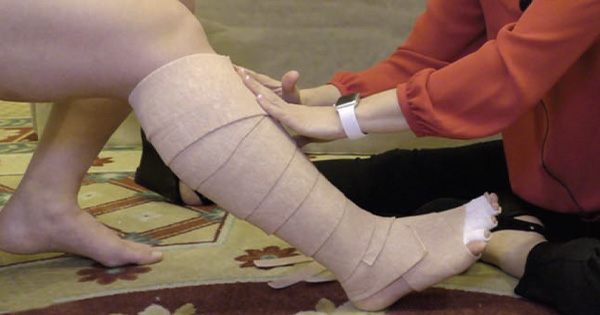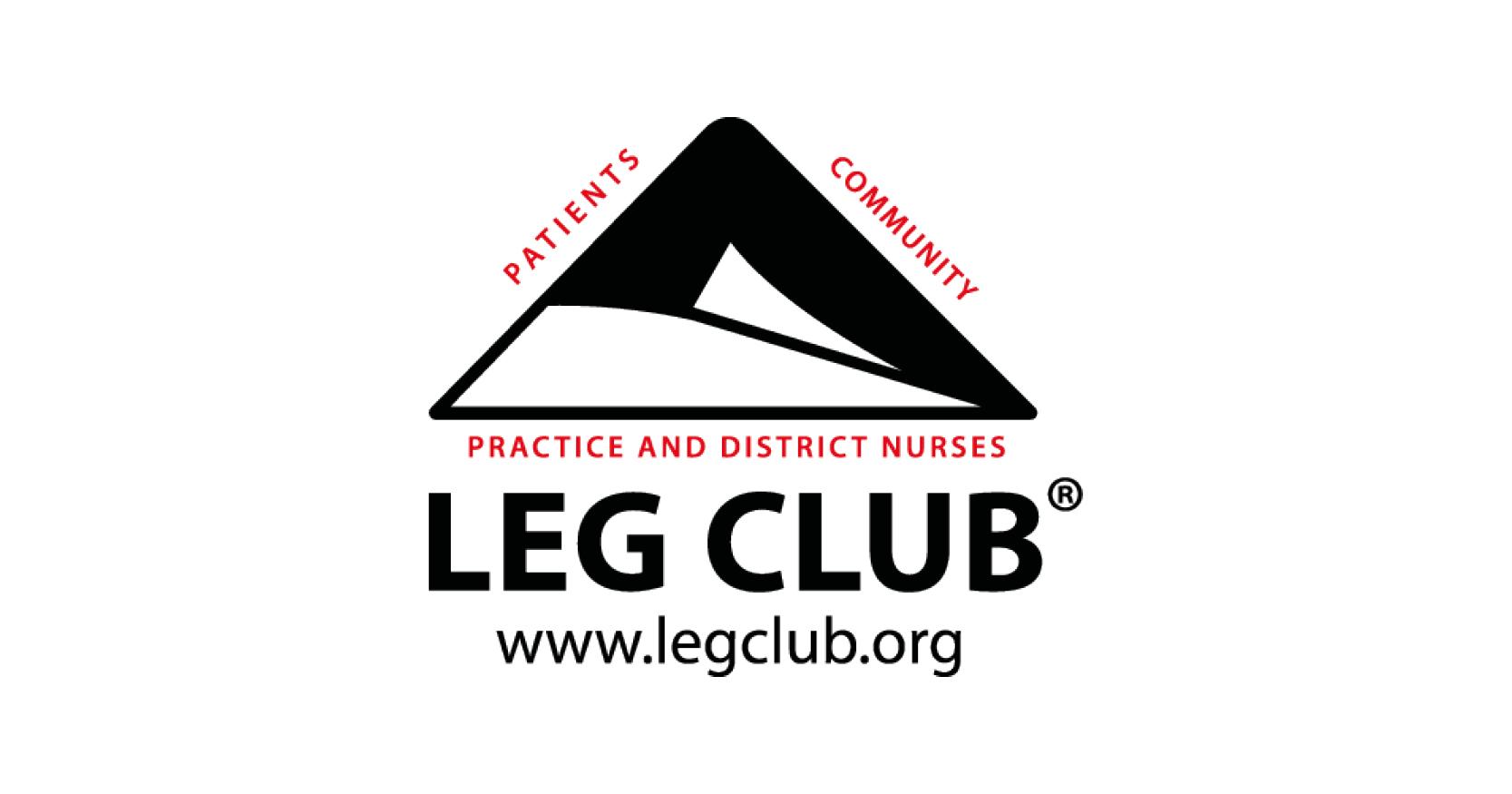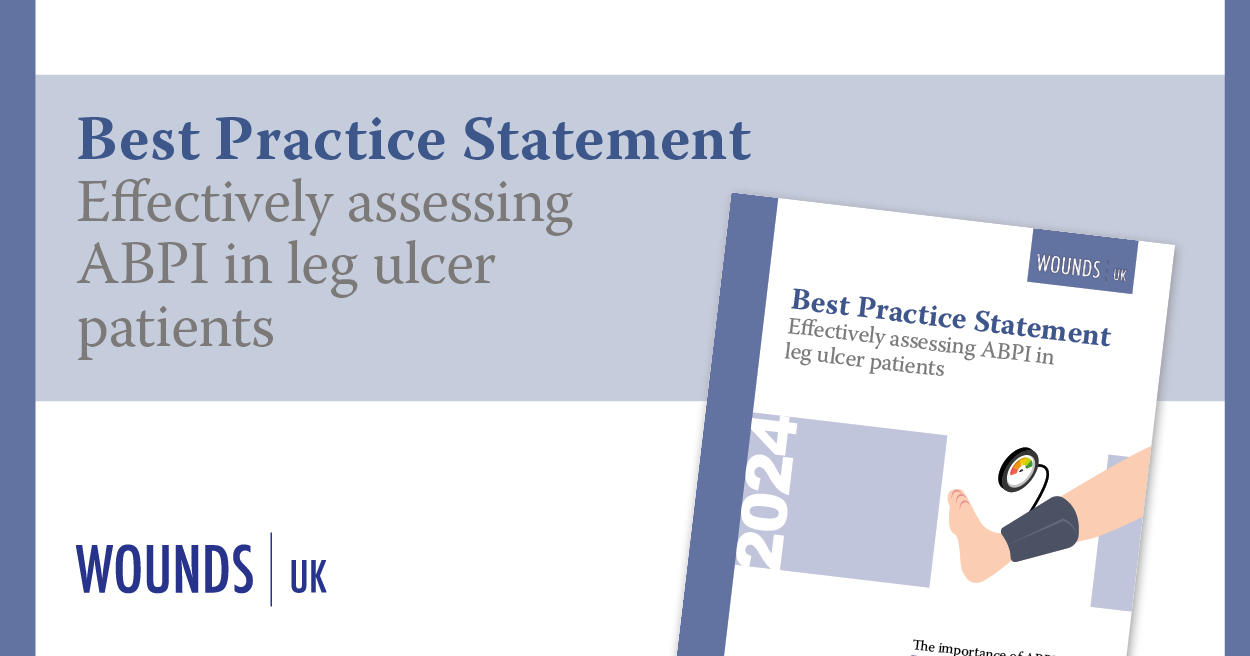Aims: In this study, an estimate of the costs of different debridement methods has been assessed using a cost analysis model. Methods: The methodology undertaken in this study combined the demographic and incidence data available on leg ulcers with all associated costs incurred in the debridement of wounds by differing methods. Excel spread sheets were developed incorporating costs associated with healthcare professional time, visit frequencies, dressings, compression bandages, ancillary materials and dispensing costs. Results: The use of hydrogels is relatively slow and, therefore, costlier (£806), but can be used as an adjunct to sharp or surgical debridement. The cost of sharp or surgical debridement, with the supervision of a multidisciplinary team approach and appropriate local topical anaesthesia using injected lidocaine (£166) or EMLA cream (£176) is the cheaper option, compared with other methods, for example, larval therapy (£795). Mechanical debridement is another option in community care but is also more expensive (£347). Conclusions: Further introduction and education in sharp/surgical debridement and anaesthetic techniques would shorten the time required to achieve a clean, leg ulcer, wound bed and improve healing rates. Early, effective and longer-lasting pain relief will lead to optimising wound bed preparation and could have potentially additional cost saving benefits by reducing the overall healing time and the associated product and clinical resource usage costs.







